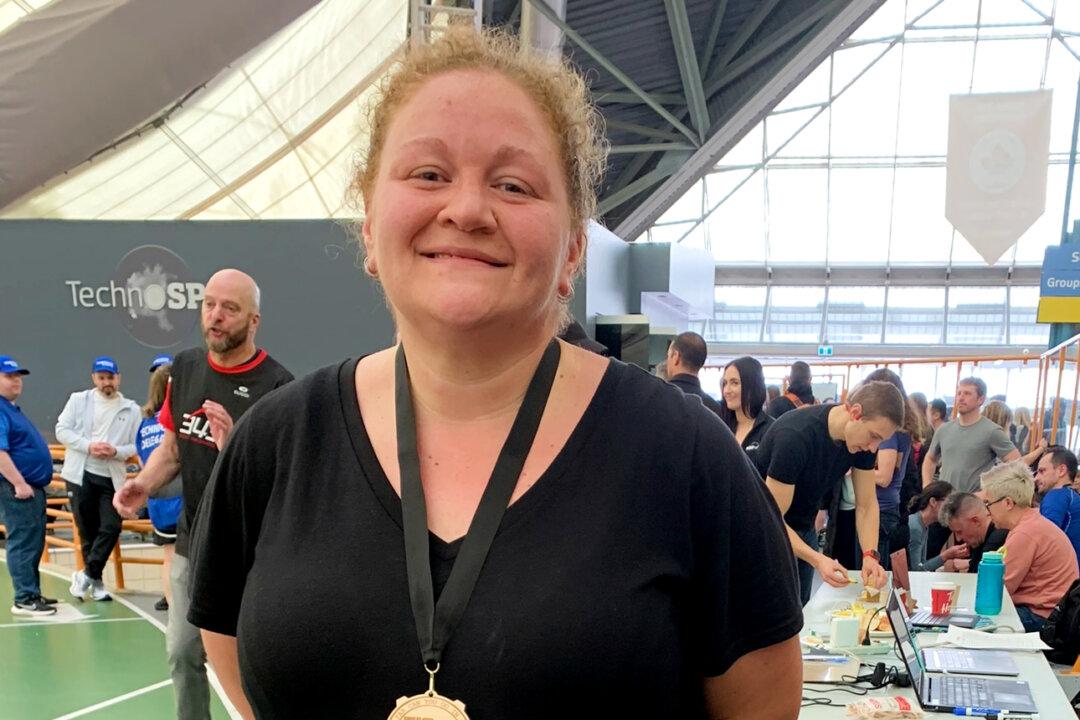Ariel Hornstein was a middle-class teen from a good Calgary home when she started smoking crack cocaine.
Years of struggling with her weight and low self-esteem had brought her to that point and she eventually ended up living on the streets.

Ariel Hornstein was a middle-class teen from a good Calgary home when she started smoking crack cocaine.
Years of struggling with her weight and low self-esteem had brought her to that point and she eventually ended up living on the streets.